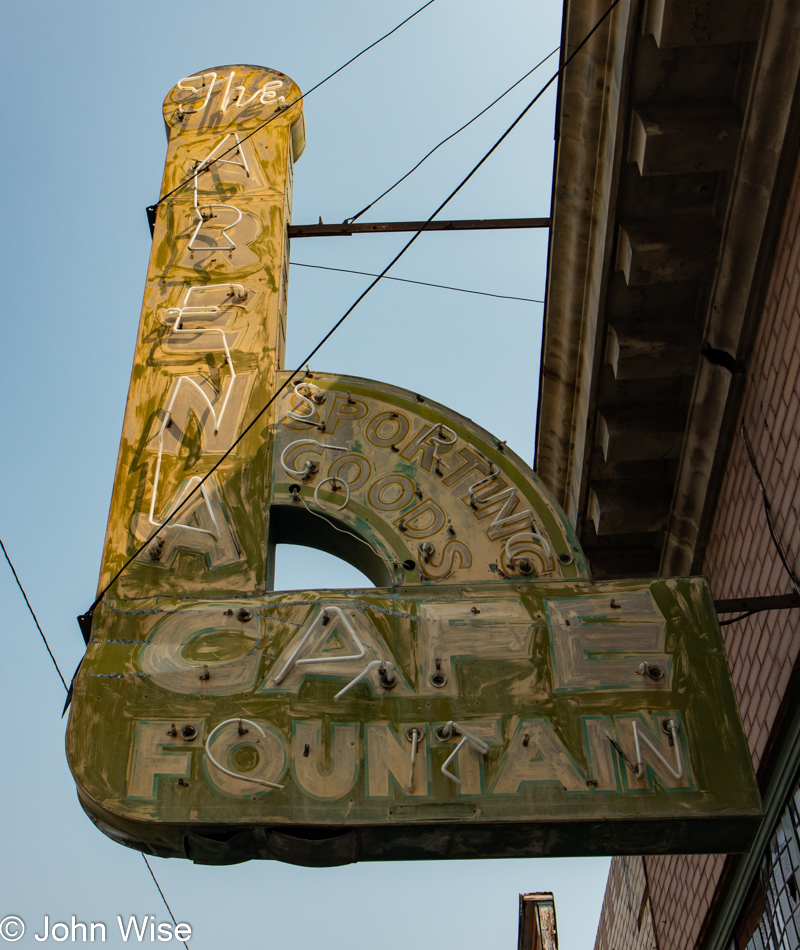
Roundup, Montana, appears mostly dead as you enter town, though the bars and lone casino will likely serve the depressed-looking small population for some years to come, at least those who cannot afford to move on. I might suppose that as usual in impoverished areas, the women are the last members of a community trying to maintain the financial health of a place – this dumb assumption is based on that Jessica, and I only saw only men entering the bars and the casino here in the still early morning.
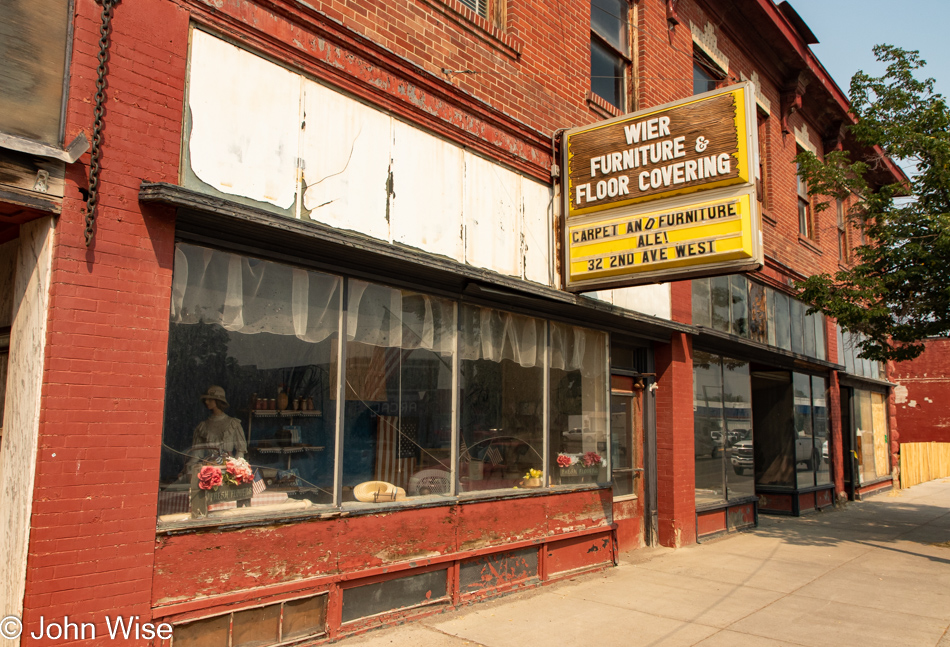
While the town’s former retail presence has faded and is but a dusty shadow of abandoned dreams, my research after returning home showed that this little town has become a kind of hub for Amazon. Third parties that sell things on Amazon are forwarding products to Roundup for repacking, allowing resellers to avoid state sales tax (Montana doesn’t have one), and this allows their packages to conform to Amazon’s shipping requirements.
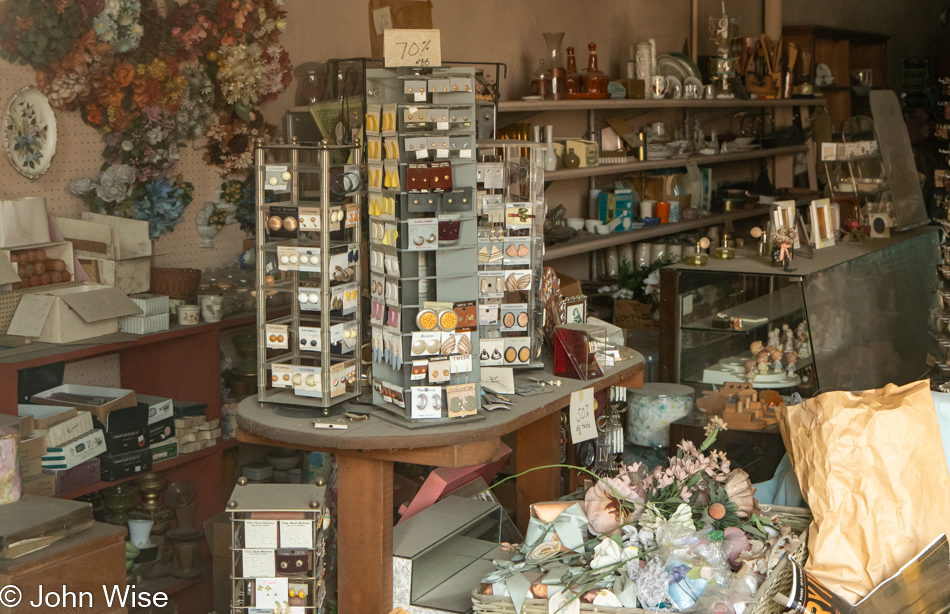
There were more than a couple of shops with full inventories showing their age. Greeting cards bleached by the passing years and old sweaters with a layer of dark grime suggest that the shop owner’s departure was abrupt. Now I have to wonder if the people who operated these shops passed away, gave up, or moved. If they are still in town, do they ever visit these time capsules?
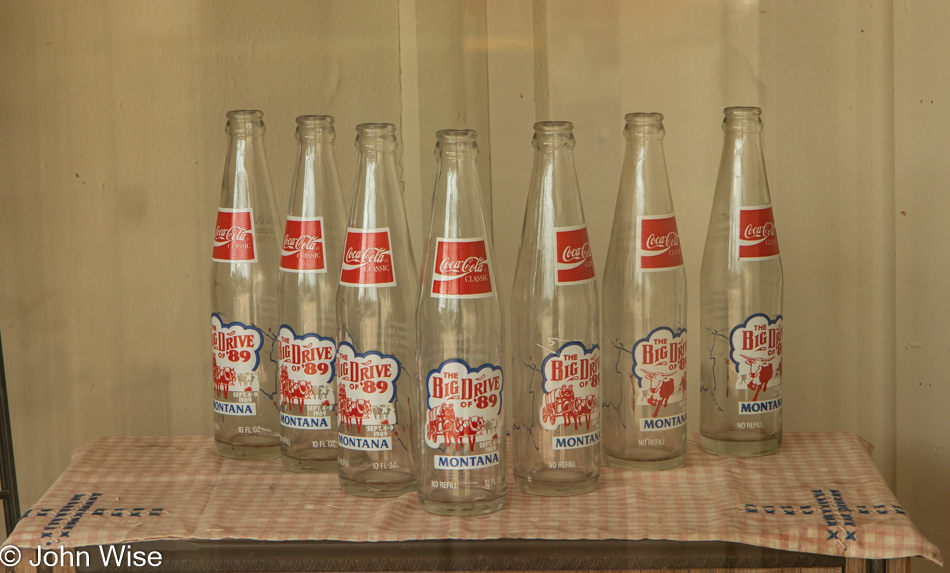
The local antique shop was closed long ago and strangely enough, remains untouched, same with the other shops. That the windows are intact and the doors not broken in might be a testament to people in small towns all knowing one another and the local hoodlums knowing they’ll be identified as the culprits, so they keep their noses clean and leave the relics of former prosperity alone.

We are leaving Roundup on U.S. Highway 87 and spot this “art project” with a For Sale sign. Of course, we had to stop. The phone number was cut out of the sign, and the house is a ruin, but like the buildings back in downtown, it hasn’t been ransacked. I called this an art project as I can’t imagine this was ever really for sale and that the sign was a prankster’s joke.
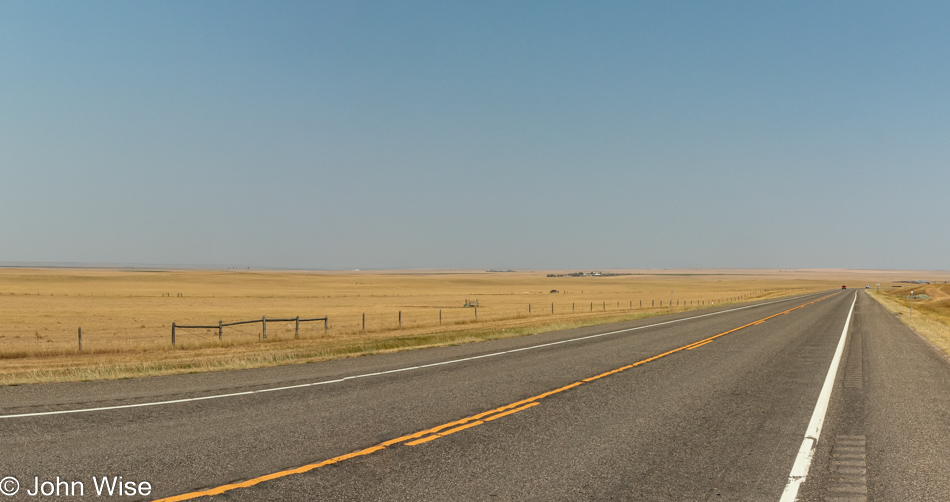
What an amazing day of contrasts this is turning to be as we left the bikers, Beartooths, and trees of Red Lodge on our way into the Great Plains here on Highway 87.
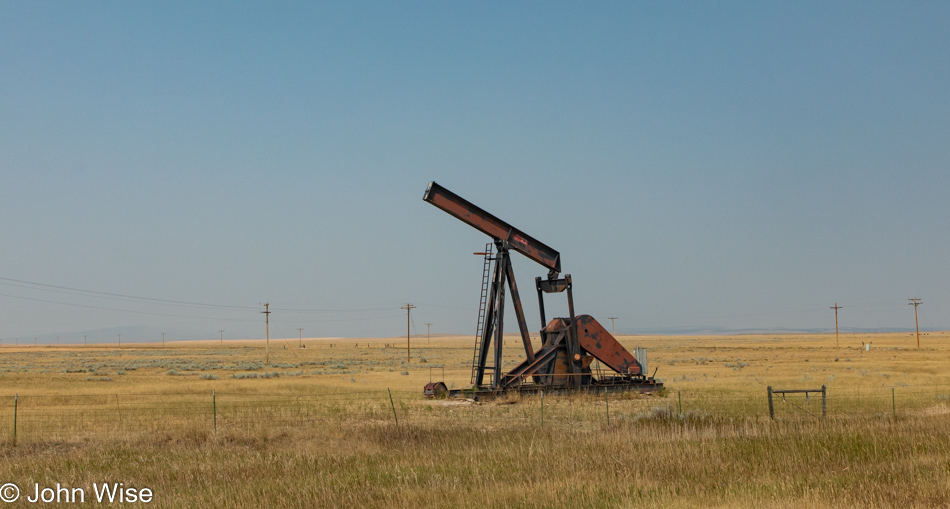
There were very few cattle out here and only a couple of oil wells being actively pumped that we could see from the road, but there’s lots of agriculture under cultivation.
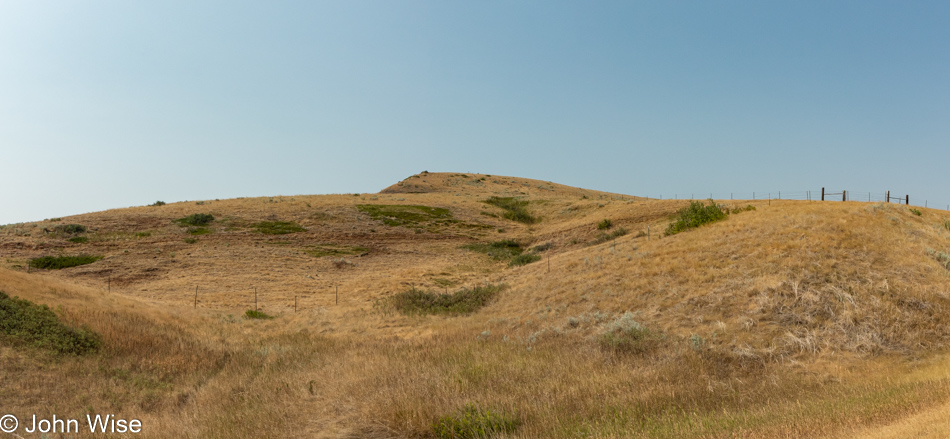
Damn, we are foiled here on our adventure in the Great Flat Plains that we’ve been told are out here as we spot these hills.
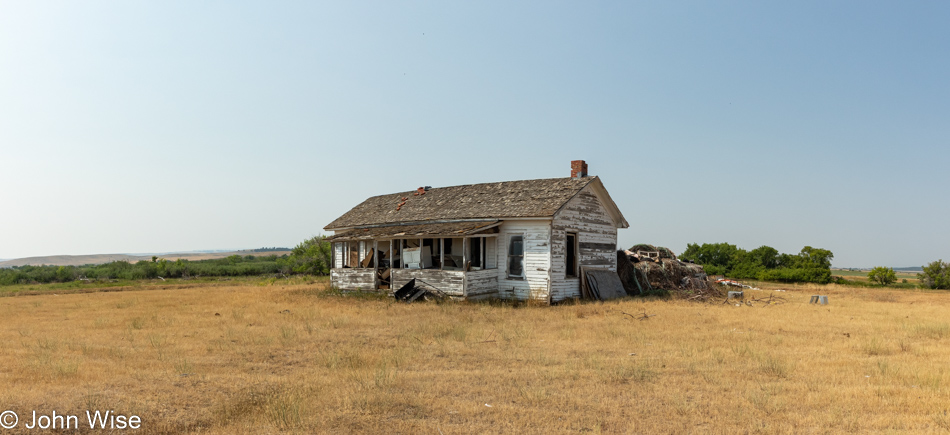
I’m a sucker for abandoned structures as their decaying presence feels as though they contain hidden mysteries waiting to be discovered. The appeal is as strong for random farmhouses as it has been for exploring old castles across Europe or visiting the Eastern State Penitentiary in Philadelphia.
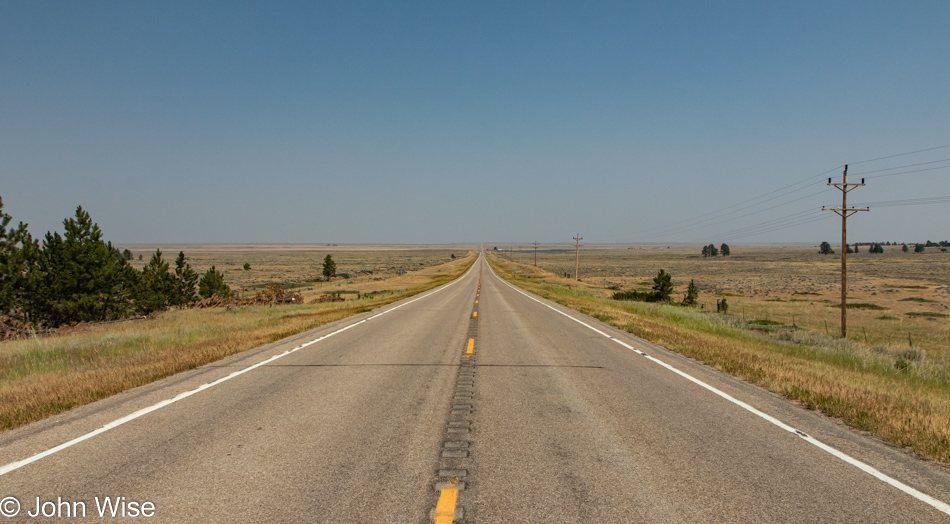
Some might ask why we’re out here traveling roads in the middle of nothing. Large expanses of wide-openness strain the eye to see further while filling the imagination with the potential that something might appear. And when that something emerges out of nowhere, we get to take delight that we have discovered maybe the only thing that might be seen today. And so we continue to crawl over the landscape, looking for treasures.
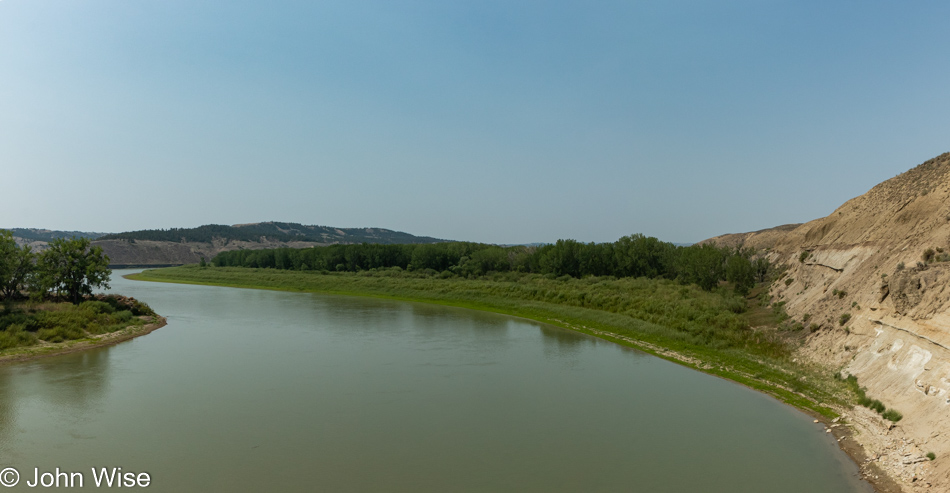
Highway 19 gave way, merging into Highway 191. Before long, we are back in the hills and encountering the Upper Missouri River Breaks National Monument. The Missouri River is one of the treasures we have passed over many a time and what qualifies it as such beyond simply being a river is the history of the Lewis & Clark expedition that traveled its waters.
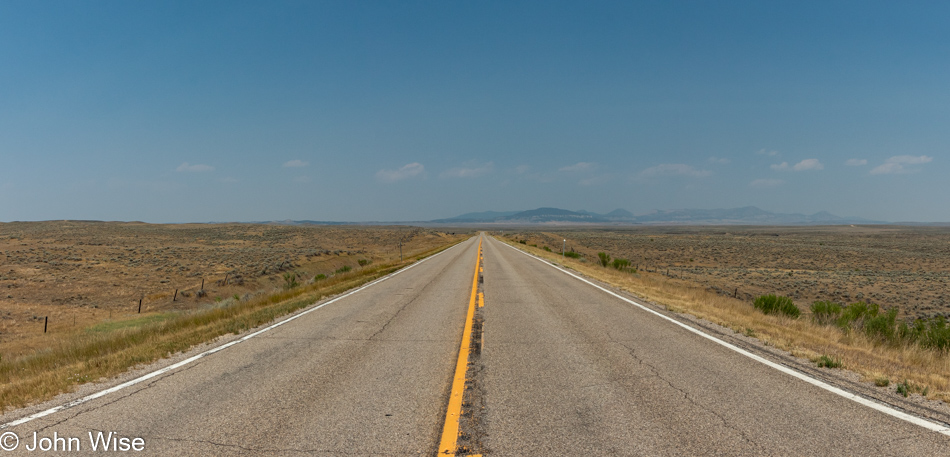
Jeez, will we ever encounter the infinitely flat expanse of land where we are able to get lost in nothing at all? What are those mountains out on the horizon?
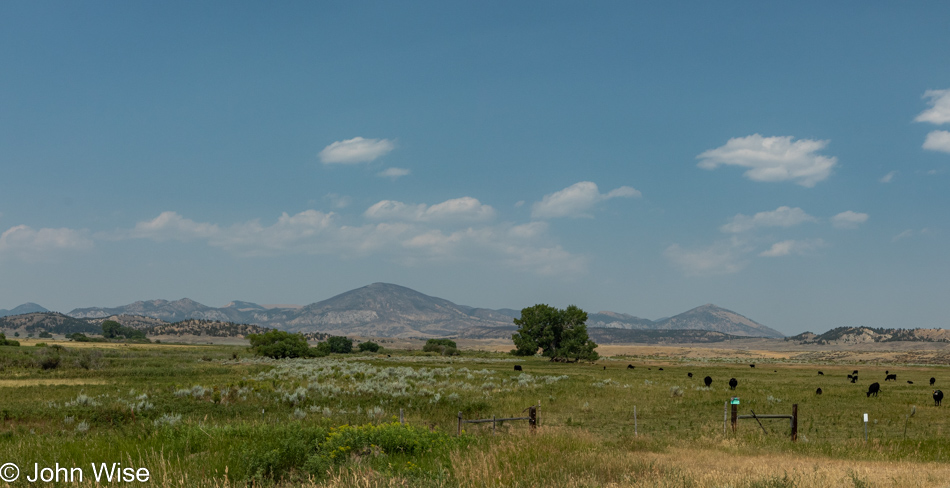
They are the Little Rocky Mountains, as seen from Montana Highway 191.
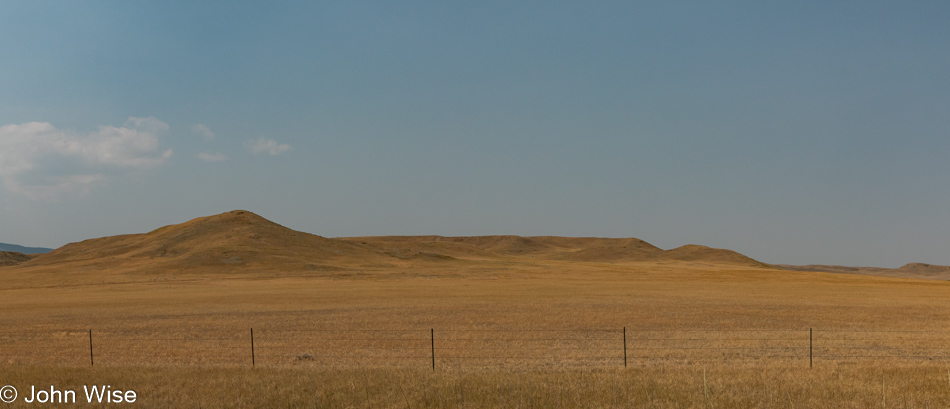
Warm brown grasslands offer ideas of being in the breadbasket of a country.
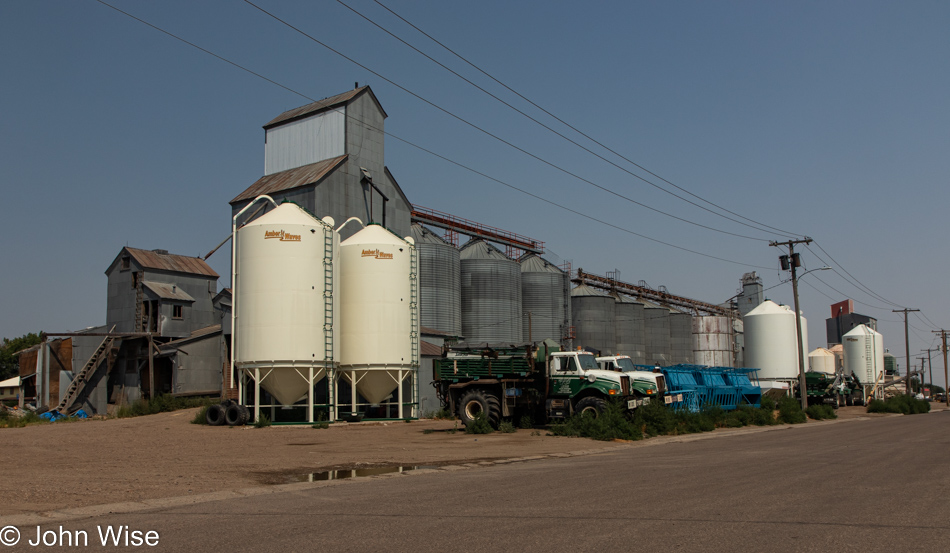
And where do all those seeds that feed us end up? In grain silos like these found in Malta, Montana. We were looking for hot food but only came up with a sausage and egg breakfast burrito at a gas station/farm equipment shop east of here that was pretty gross, to be honest. It turns out that burritos are not very sought after in this part of America. For the rest of the day, stopping at various gas stations trying to satisfy my craving for a good old meat, bean, and cheese frozen burrito was only met with disappointment. Too bad I wasn’t looking for beer and a can of tobacco.
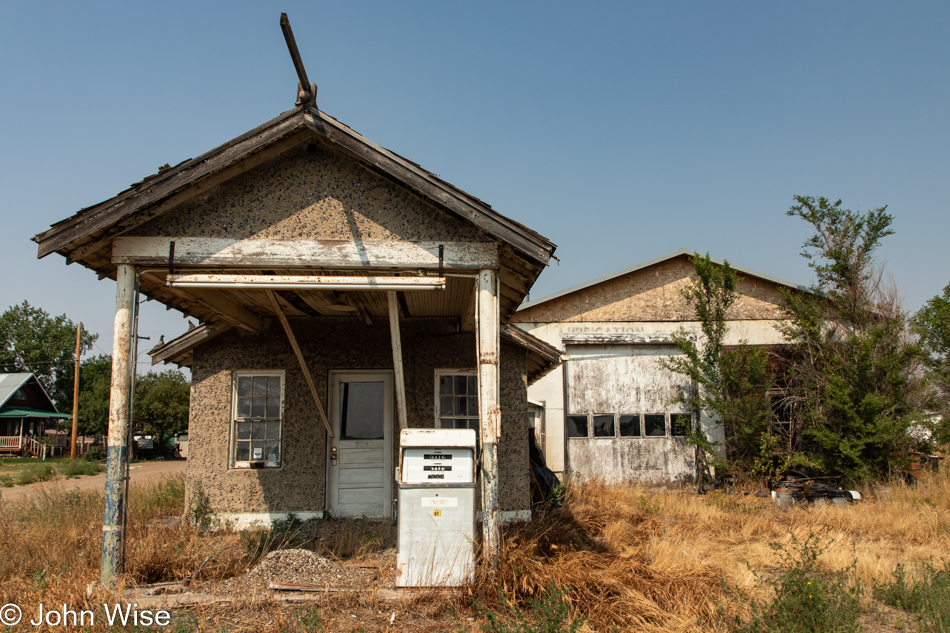
Saco, Montana, has an old defunct gas station that plays host to a stupid amount of pigeons. That mound next to the pump is pigeon poop. In front of the door is another mound, while above our heads in the roof is evidence of a ton more poop. Squeezed between a couple of boards and a gap was a dedicated specimen existing in two worlds, that of the open air and an amount of avian feces I would never want to rain down on me…and so I stepped away from the building and my desire to peer into its windows.
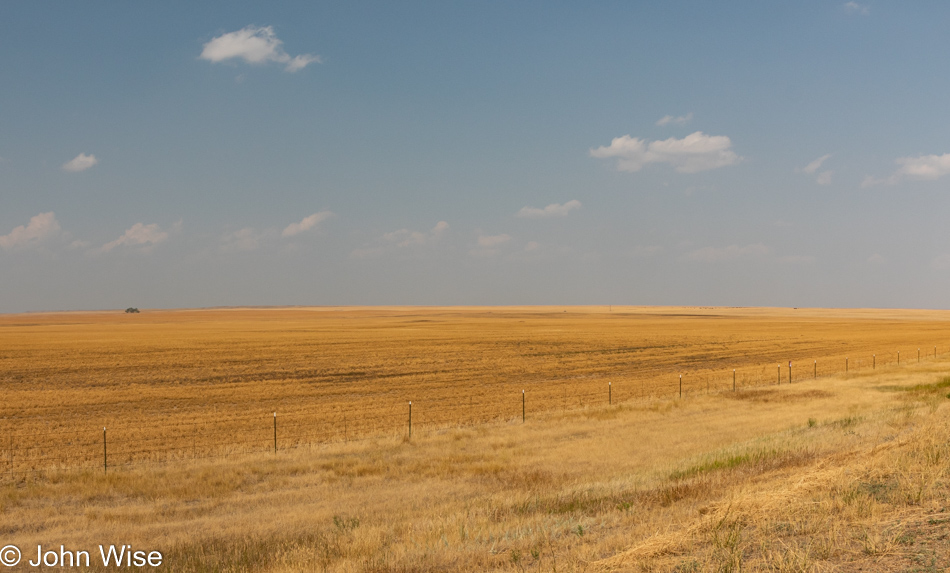
More of those amber waves of grain.
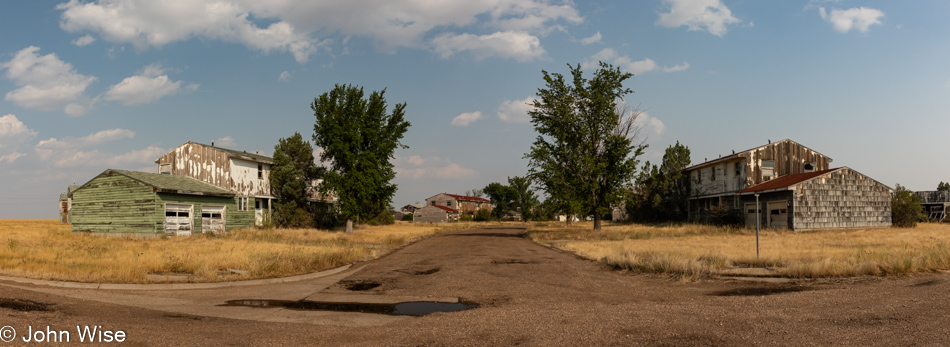
And then, out of nowhere, a mirage appears in the form of a ton of ruins. In a previous life, the town of St. Marie was the Glasgow Air Force Base. Back in 1976, the facility was shuttered, and instead of condemning everything to clean it off the face of the earth, the government tried selling homes to the residents who wanted to stay. Most of the town never sold.
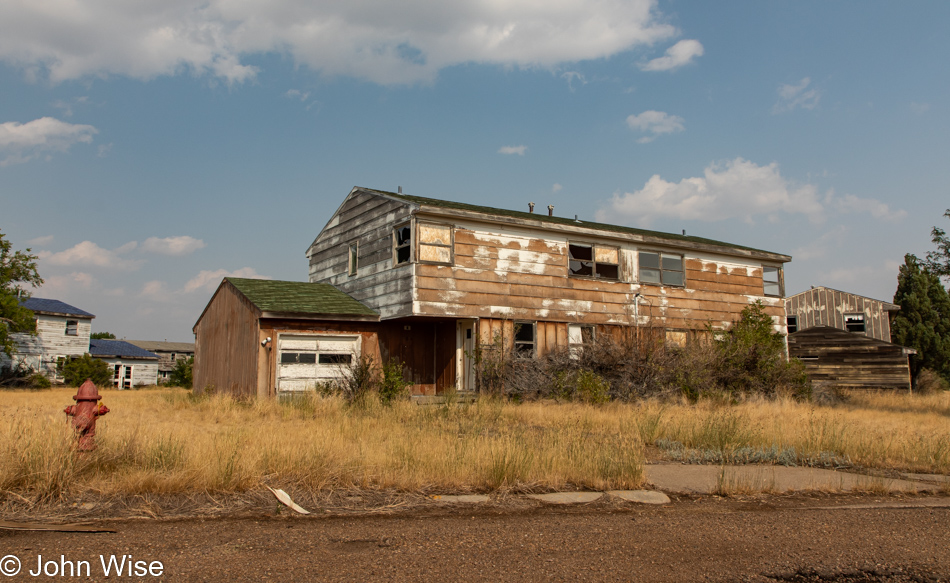
While there are a few handfuls of diehard residents living among the ruins, the school and all the businesses are long gone. The nearby airfield survives and is said to be used by Boeing, but the multitude of warning signs are all from a company called Montana Aviation Research. I’ve been stopped by law enforcement near a DuPont factory in Buffalo, New York, an airfield north of Tucson, Arizona, and a random road north of Las Vegas, Nevada, by menacing men who obviously meant business telling me to leave the area, I take signs for an area under surveillance seriously.
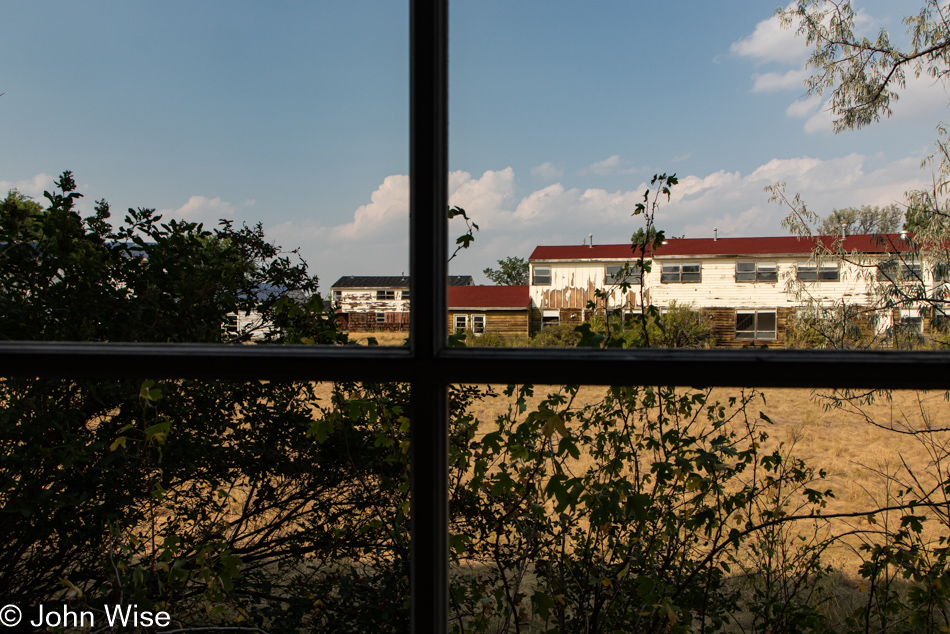
Entering these abandoned former military homes, I was constantly aware that at any moment, either a local sheriff or armed residents might interrupt our explorations and demand that we leave. So, as we dipped into places with open doors, I made sure we kept things brief so we would hopefully avoid being surprised by people who didn’t appreciate our snooping.
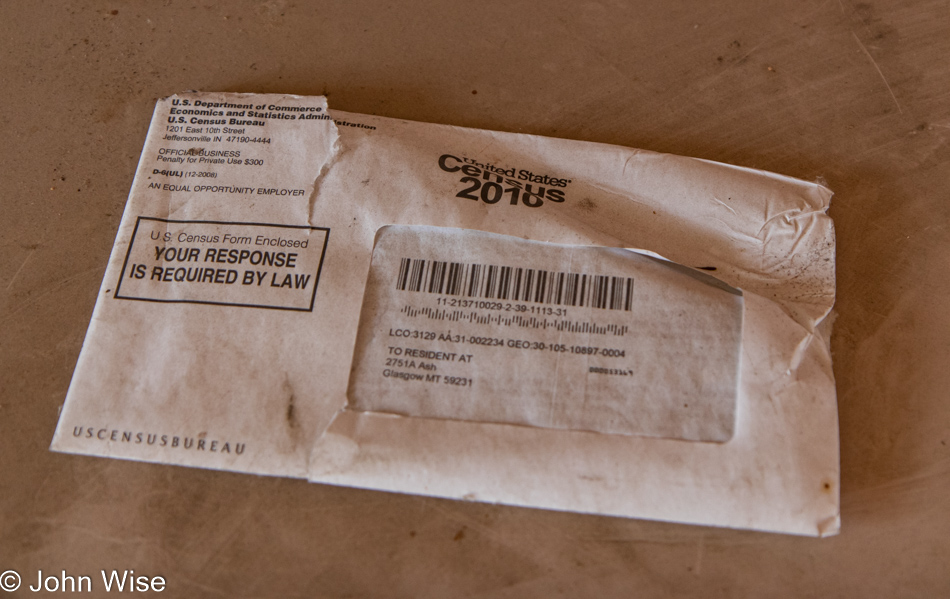
It turns out that back in 2012, the wacko members of a local sovereign-citizen movement called the Citizens Action Committee of Valley County attempted to take the town as their own, but fortunately for the people who were living there, they failed. Researching this history and learning of the Montana Freemen who, in the mid-1990s, tried something similar to maybe another Branch Davidians or Ruby Ridge-type incident, I have to wonder about the New Yorkers and Californians who are leaving behind one looney place for another.
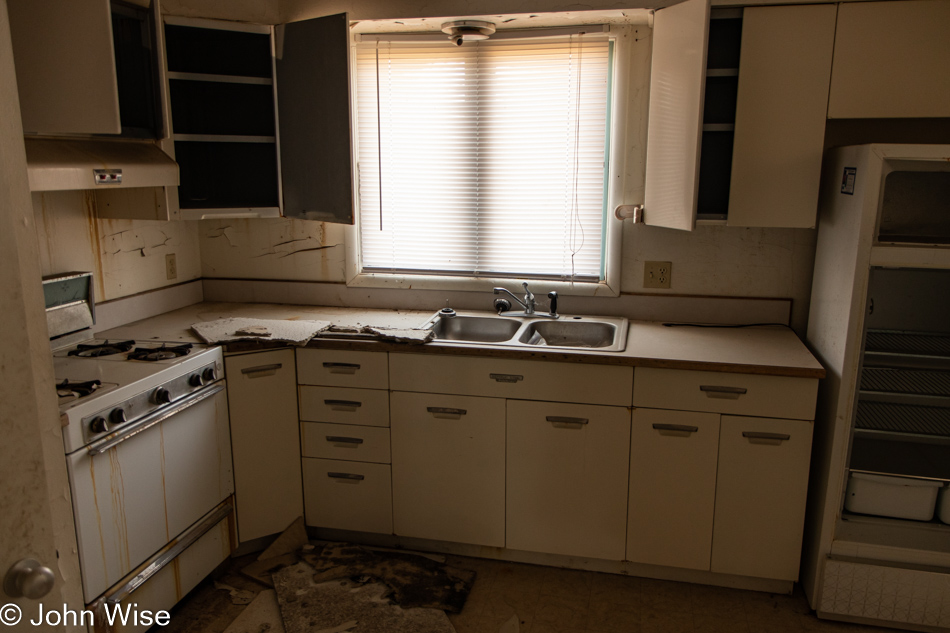
To deter squatters, the electricity has been cut to large parts of St. Marie, but appliances are often still in place, and I’d wager that with the gas, electricity, and water turned on, some of these homes that have been empty for 45 years would be habitable with just a few days of work. After scouring the better part of the abandoned corners of this old Air Force Base, it was time to get back down the road as we’d earlier entertained the idea of going further than our original destination. By now, though, we’ve likely lost about 90 minutes to roaming around Roundup and St. Marie.
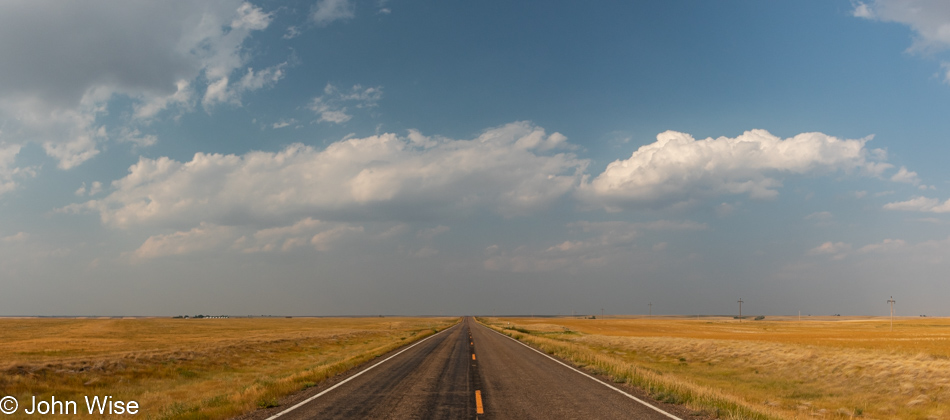
Okay, I think we’ve finally found the flat part of Montana.
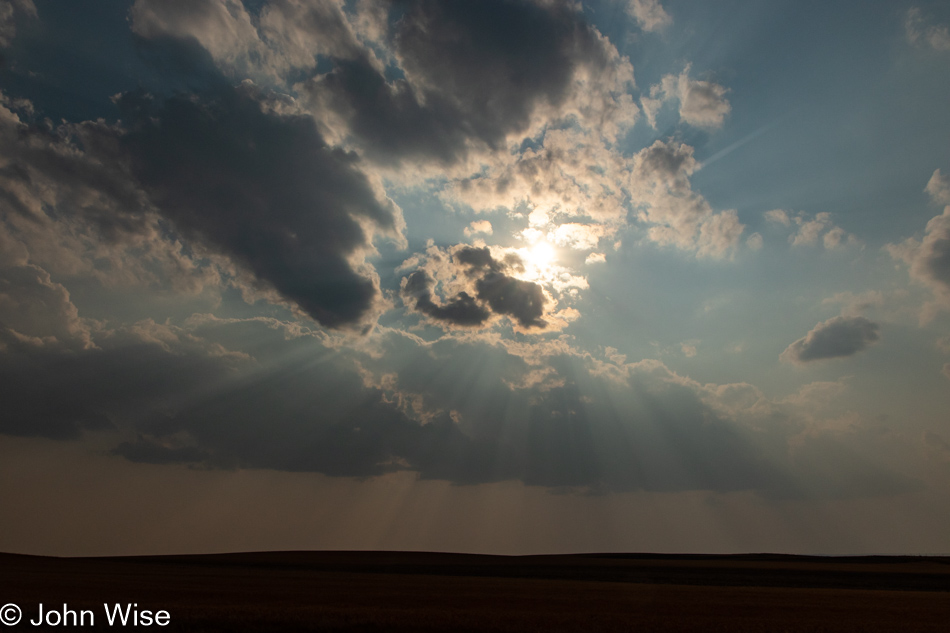
While the sun isn’t so low in the sky to threaten the arrival of the evening quite yet, we do want to reach the Canadian border for a selfie, proving that we’d made it that far north. So we drive.
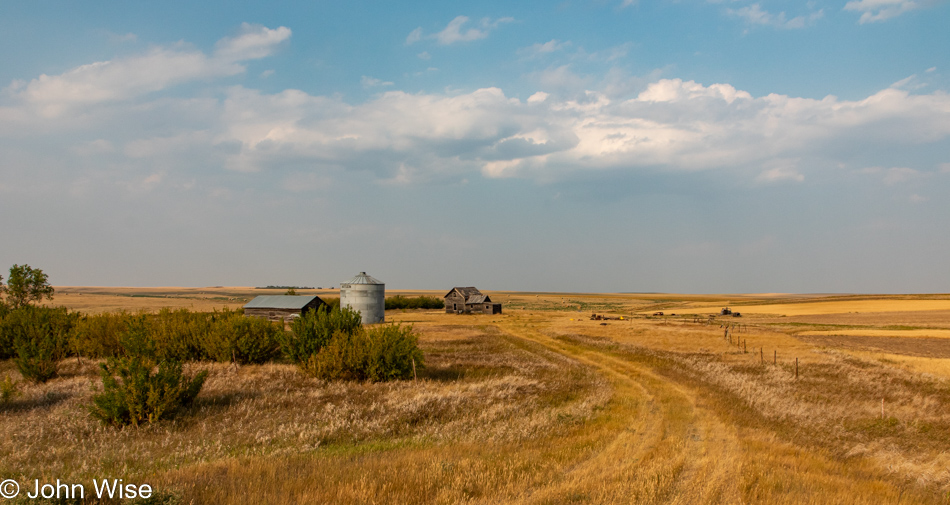
We drive until another distraction rears its head just north of Baylor, Montana. This old farm had no fences and nothing suggesting we shouldn’t “trespass.”
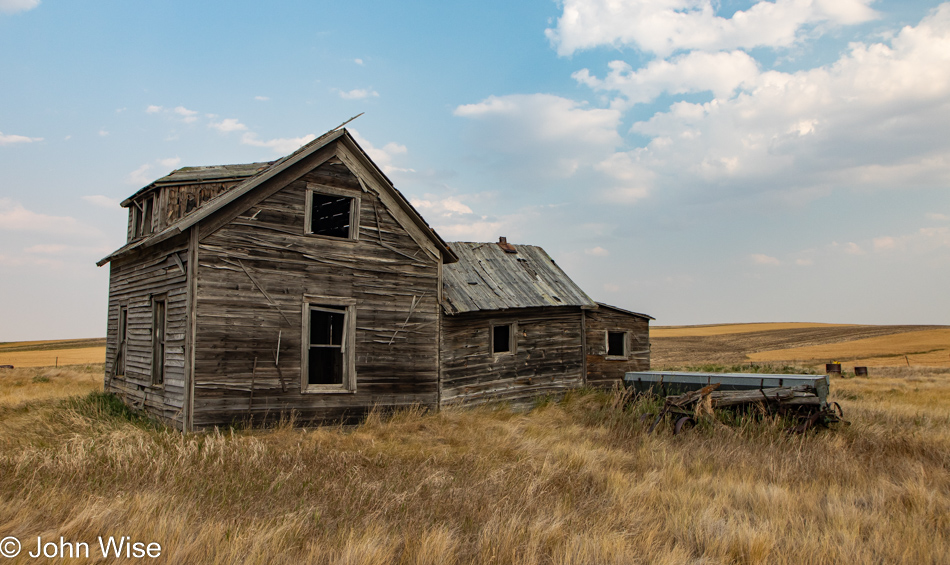
All the elements of intrigue are on display, old wood, old machinery, old cars out back (beyond a fence). No windows, but there were signs of stuff inside the house as we approached.
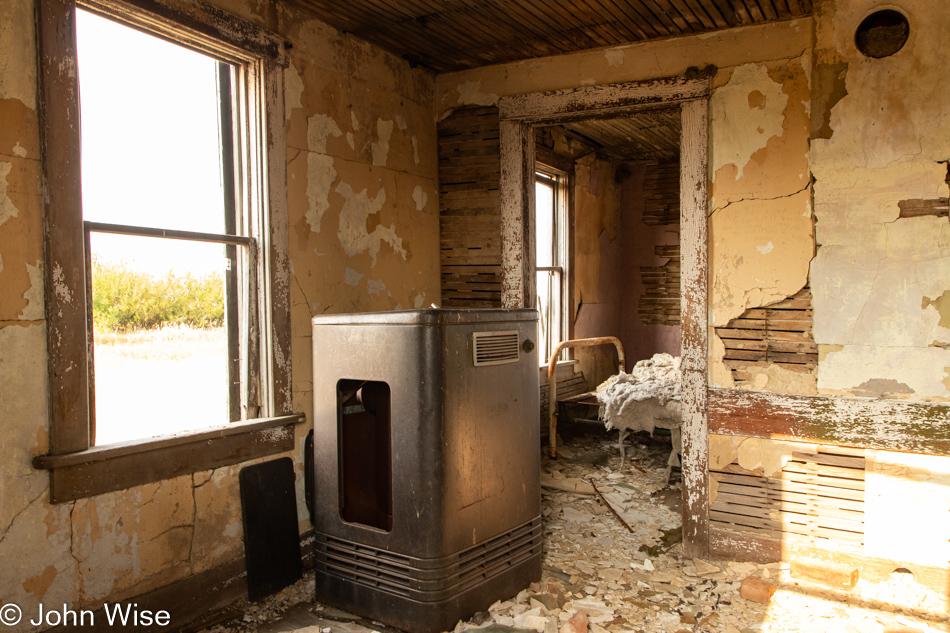
The old house is barely a shell, and I could see it collapsing in the next ten years, but that didn’t stop us from wanting to go inside for a more intimate view. Our smarter selves were effective in dissuading our dumber voices, trying to convince us to take the risk as stepping on nails or falling through floors could be problematic so far away from phone and medical services.
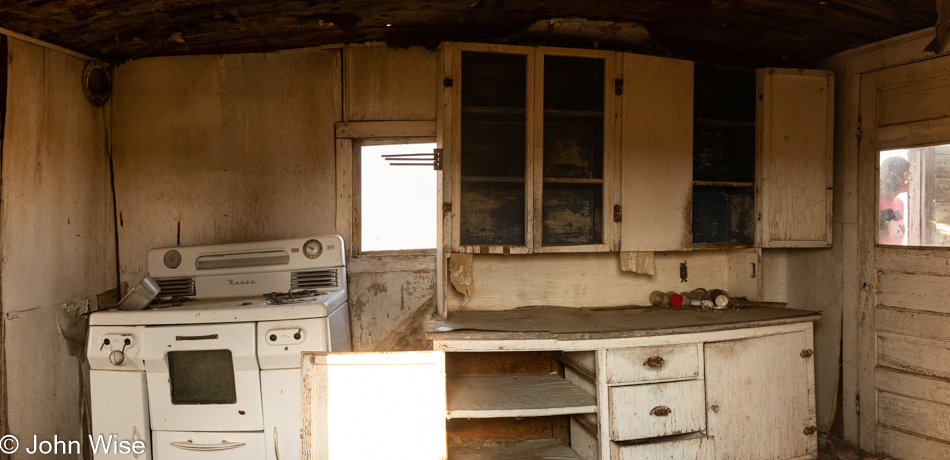
Jessica did her best to lean into the window in the center of this photo, trying to snag the old pot on the stove I wanted, but it fell off and became unreachable. As you look at this image, you can see that the left side of the kitchen is listing. This structure was way too sketchy to attempt going in, but we did try to open the door on the right, behind which you can glimpse Jessica. I’m glad we couldn’t pry it open, as it did occur to me that it might be the structural support that was the glue keeping everything standing. By the way, the stove appears to be a valuable antique!
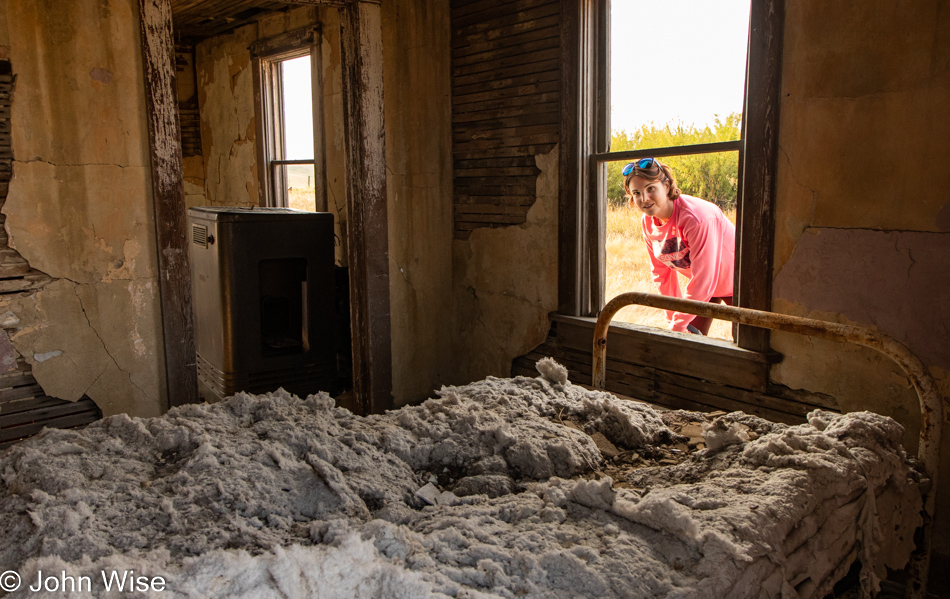
I’m in love with this bed and would gladly claim the frame and bring it home if that was possible. Even the cotton batting that is no longer in its mattress cover is intriguing. Where did the cloth that contained it go? I’m surprised that birds haven’t claimed all of the fluff for their nests, but then again, where would birds build homes in a place with so few native trees?
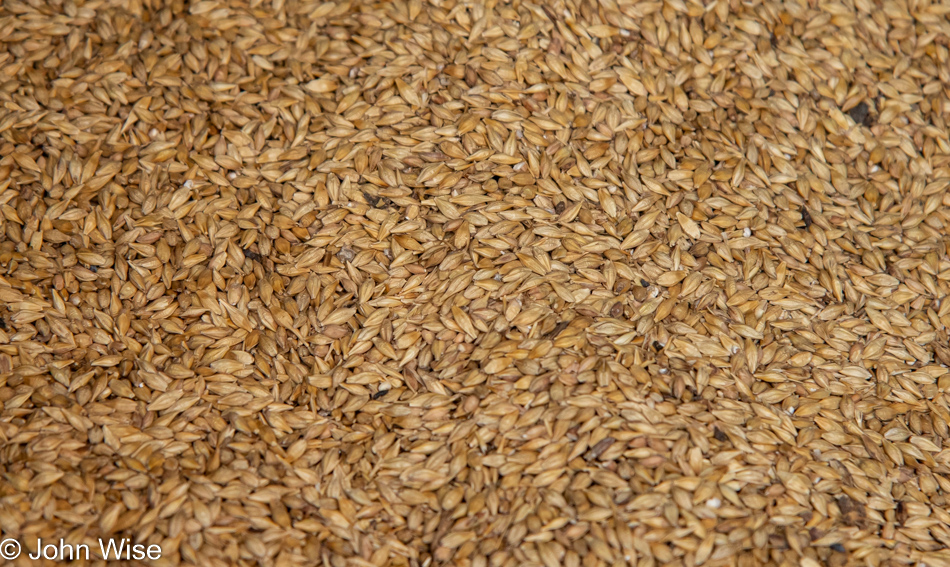
Over at the barn, I was incredulous to find the center third filled with barley. The closeup I shot of it was taken to avoid all of the poop that was atop the grain. Not only rodent poop but rather large ones (all very dried out) that were scattered about. The grain silo next door suggests that it was last filled and is still full of barley from a 1960 harvest. It’s inexplicable as to why the barley never sprouted, molded over, or was decimated by rodents and birds over the 61 years it’s sat here.
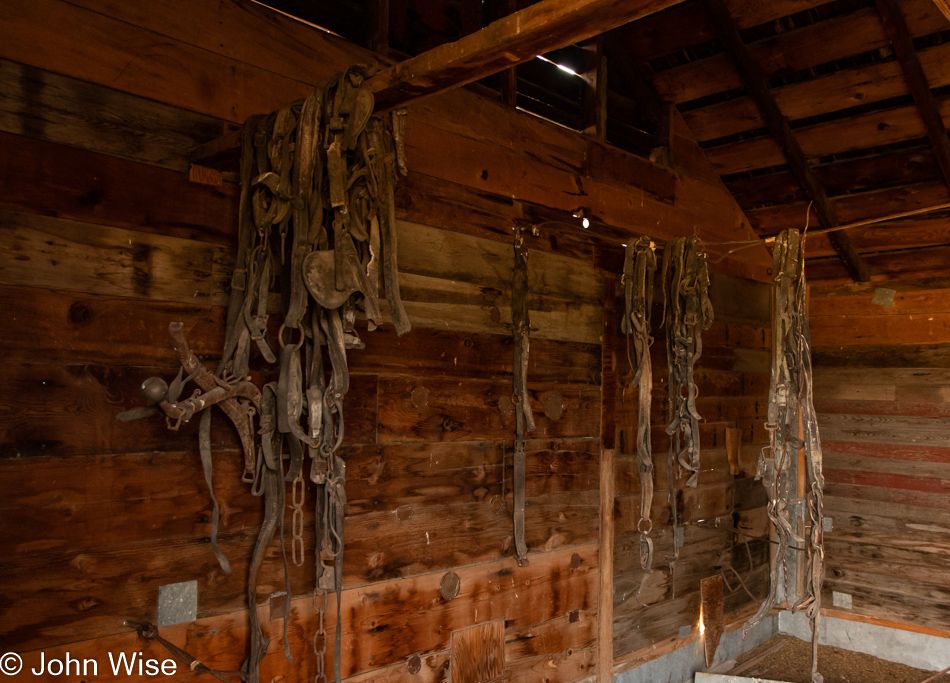
After Caroline saw this photo, she wished that I’d reached out to share an image so I could have snagged her one of these ancient bridles. Maybe she would have restored it and sent it to our niece in Germany, who loves horses but I couldn’t have imagined that she’d have been interested. Maybe she and I can travel through this corner of America next summer to collect a bridle, bed frame, an old stove, and that pot I wanted. Heck, there’s even an upstairs to the old home that might contain things of interest.
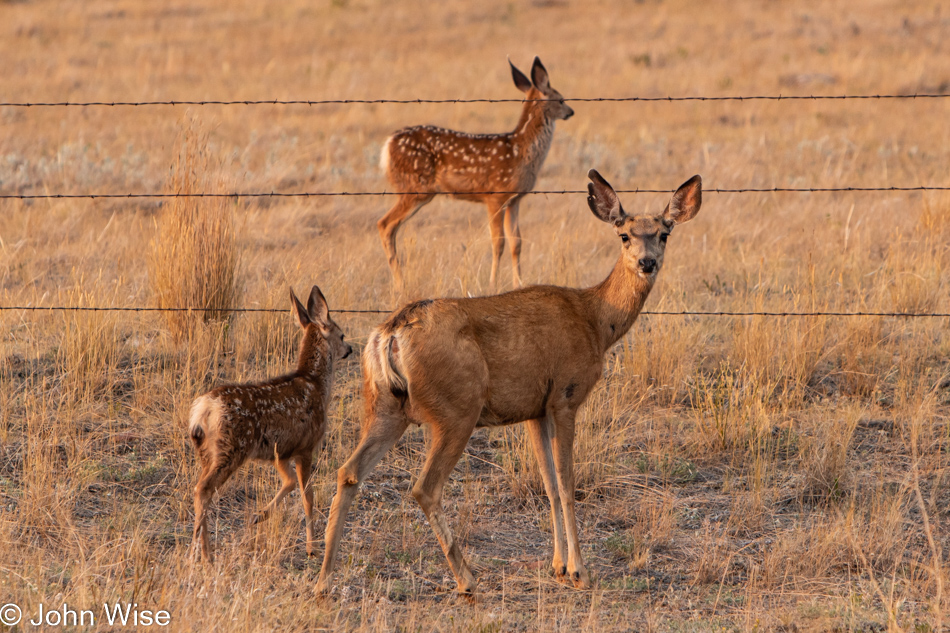
Instead of just bolting across the road it was moseying over, the deer and her fawns casually headed to the fence and then turned back to look at us with our window open, snapping photos of this beautiful family.
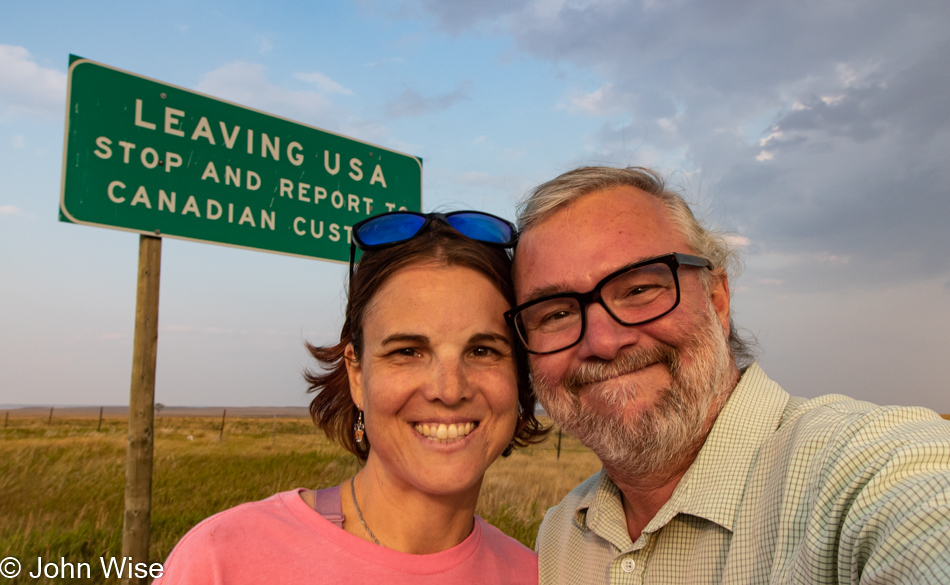
All the way up U.S. Route 24, we reached the Canadian border, and other than some border agents, there was nothing else out there. With all the ruins and this detour, we will not get further than my planned stop. Hey, Scobey, Montana, here we come.
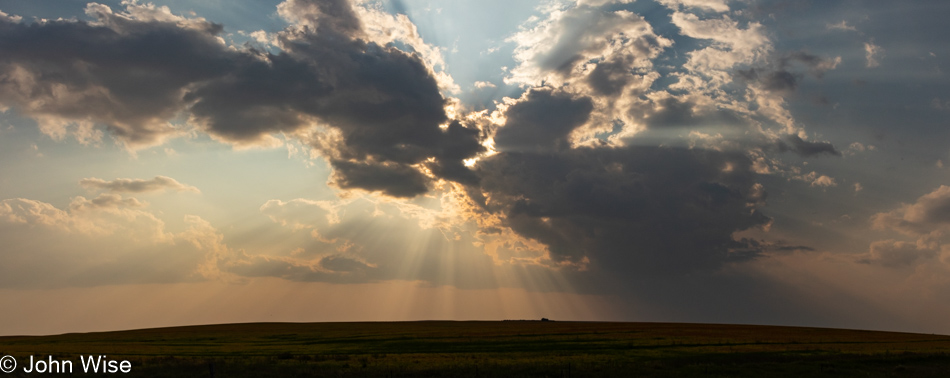
Arriving in Scobey, Montana, after 12 hours of driving, we stopped at our hotel but didn’t check in as we learned there might be a restaurant still open over at the local golf course. It was dark as we passed what appeared to be an amazing history museum on the edge of town, but obviously, it wasn’t open. We’d called ahead to the Club House to verify it was open while on our way, and sure enough, it was open. Keep in mind that Scobey has a population of about 1,100 people and is seriously out in the middle of nowhere, so this was a real find after 8:00 p.m. on a Thursday night.
At dinner, we met Don and Laura Hagan while their daughter Erin was our server. We got to know a couple of other locals, too, but it was the Hagan family that made our night. Don has been farming about 4,000 acres of durum wheat, peas, and canola out this way while Laura works in the healthcare industry. If Caroline and I should ever pass through here, we’ll have to look them up. Thanks, Scobeyians, for making us feel so welcome.